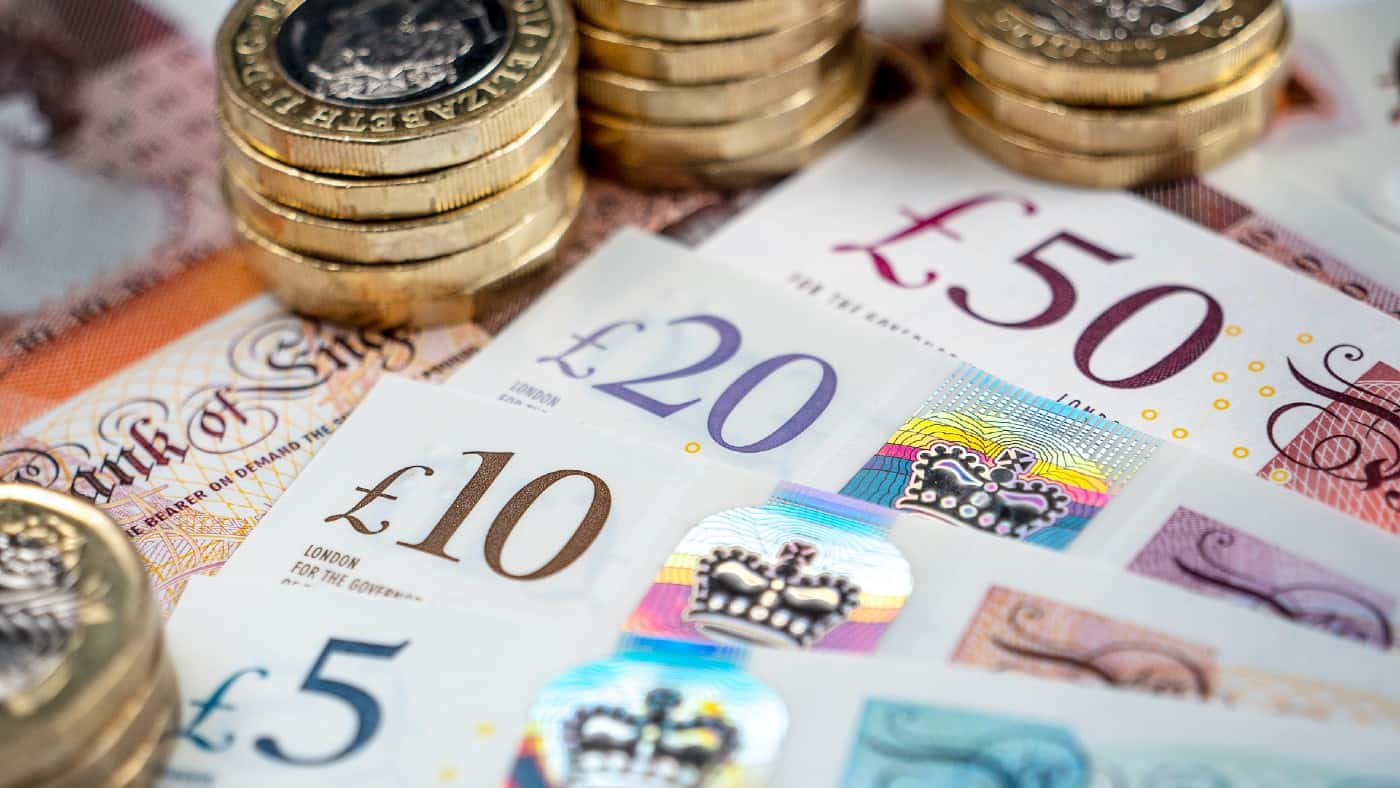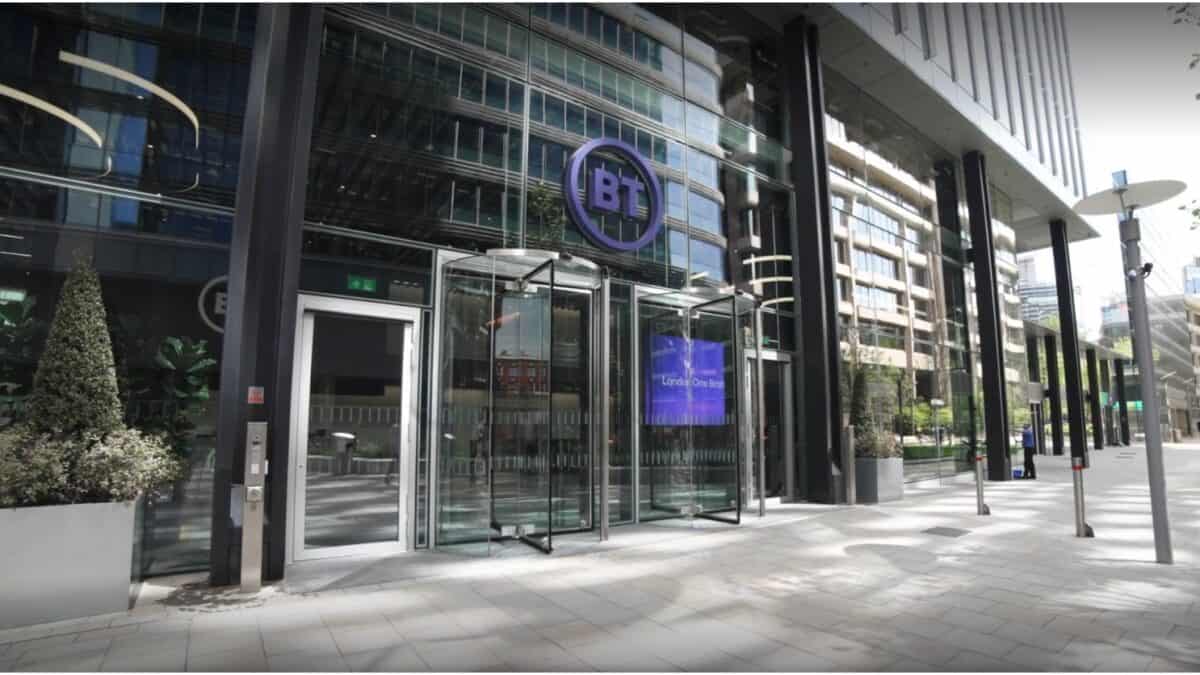Image source: Getty Images
Investing in dividend shares is one way to earn a second income.
The theory is quite simple. By buying shares of blue-chip companies that generate a lot of spare cash, I ought to benefit if they decide to divvy it up among shareholders.
In practice, things can be more complicated. It can be difficult to assess what a company’s future prospects are. The same goes for its spending priorities. Dividends are never guaranteed.
Still, with a careful selection and the right approach to risk management, I think I could turn a £200 monthly contribution into a second income exceeding £3,000 per year.
Here is how I would try.
Regular saving habit
First I would get into the habit of putting aside the £200 on a regular basis. Hopefully that way I would stick with my good intentions even when other spending needs pop up.
So I would set up a share-dealing account or Stocks and Shares ISA.
I would then start putting money into it each month, beginning with my first £200 this month.
Choosing shares to buy
Next I would begin investing the money in income shares.
To find companies I thought could pay large dividends in future, I would look for the characteristics that I feel could enable them to do that. I will illustrate them with a share I already own, British American Tobacco (LSE: BATS).
Is there a large market that is likely to stay large in future? The tobacco market is huge. Cigarette consumption is declining in many countries, something I see as a risk to British American.
Then again, I still expect large cigarette sales for the next several decades at least. On top of that, there is likely to be substantial ongoing demand for tobacco in other formats.
Does a company have a competitive advantage? From its premium brands like Lucky Strike to a huge distribution network, again, I think British American ticks the box here.
Aiming for a target
British American is what is known as a Dividend Aristocrat, having increased its dividend annually for decades.
But dividends are never guaranteed. Although I earn second income from British American already, I always make sure to keep my portfolio diversified across a variety of shares.
The shares yield 9.9%, which is well above the average for a FTSE 100 member. Imagine I could earn a more modest average yield of 7% from my portfolio, a number I think is achievable in today’s market while sticking to blue-chip shares.
Doing that, I would need to invest £200 a month for nearly 18 years to hit my second income target.
But if I was willing to reinvest the dividends initially rather than receive them as cash, something known as compounding, I ought to be able to hit my annual target just 12 years from now.
I would hopefully go on earning thousands of pounds in dividends annually even if I did not invest a single penny after that!
Credit: Source link














